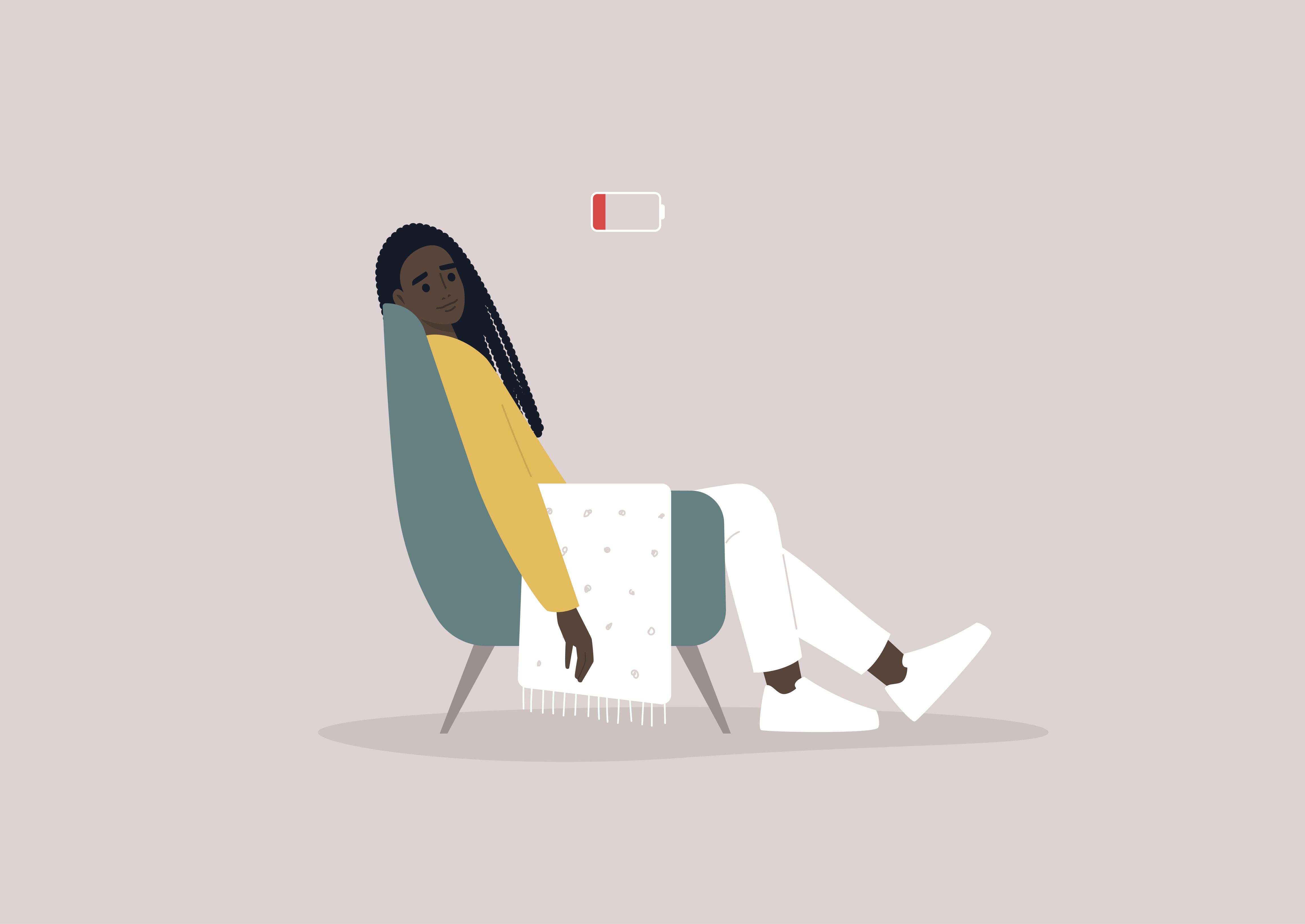It’s no surprise that “freedom” means different things to different people — but what does it mean to creative professionals as it relates to work?
We are experiencing an ongoing revolution in the workplace. Traditional ideas about knowledge work are dissolving, and as a society, we are undergoing a radical change in how we think of work — especially for those who work in creative industries.
For decades, scientists have known that creativity often grows in a non-linear fashion and that creatives tend to be more neurotic and antisocial than others — aka, they live more in the world of daydreams and require some solitude to produce quality work.
Neuroscientists who study creativity find that it does not involve a single brain region or side of the brain as the “right brain” myth of creativity suggests; rather, it draws on the brain as a whole. The complex process of “creativity” comprises many interconnected unconscious and conscious cognitive systems and emotions, with discrete areas of the brain recruited to handle each task and work in concert to get the job done.
Creatives don’t always follow the classic 9-to-5 workweek flow, finding that doing work at night or early in the morning is often more beneficial. In other words, thinking out of the box is hard when you’ve been put into one. It’s fair to say that social environments can adversely impact creativity.
So, when are people most creative? A large study by researchers at the University of California at Berkeley sought to better understand what drives creativity. They collected daily electronic logs from nearly 240 professionals working on 26 distinct creative projects, who reported on their emotions and perceptions of their work environment, along with their motivation and one notable event from each day.
They found that of all the positive events reported in the nearly 12,000 diaries collected, the most significant factors for generating positive emotions and perceptions of their work environment was making progress in meaningful work — moving forward on something that matters. They were not only more productive on those days, but more creative, too. Simply put, creativity has a lot to do with setting up the right work environment to allow motivation and imagination to thrive.
But the right environment isn’t the same for everyone.
For some, working from home stifles creativity because collaboration via Zoom doesn’t get their creative juices going vroom. In contrast, others find open office setups and their attendant distractions a major creativity killer. Recent research published in the journal Nature, based on fieldwork in five countries, found that video conferencing inhibits the production of creative ideas. But they also found that video conferencing was as effective as in-person meetings for choosing which innovative ideas to pursue, essentially proving that some folks prefer vanilla ice cream while others prefer strawberry (just kidding, sort of).
We set out to see what were the most essential creative workplace freedoms for Creative Circlers. While everyone wants control over their general process — including where, when, for whom, and on what they work — we learned that some aspects are definitely more important than others. To uncover which work freedoms matter most, we crafted a LinkedIn poll to which over 6,000 people responded.
We broke things down by looking at the overarching question: Which freedom is your #1 priority?
And these were the options:
- Working with whom I want
- Working where I want
- Working when I want
- Doing the work I want to do
Can you guess which option creatives valued most?
In this new age of widespread digital nomadism, we guessed that “working where I want” would take the cake. While this ranked high, there was something that mattered even more…
Here’s how our results broke out:
- Doing the work I want to do: 41%
- Working where I want: 34%
- Working when I want: 21%
- Working with whom I want: 4%
The number one thing for Creative Circlers? “Doing the work I want to do” — echoing the results of the Berkeley study.
Creativity is crucial for companies. It’s one of the elusive characteristics that managers seek in their employees so that their organizations can stay ahead in today’s cutthroat new-new-new marketplace. Research suggests that businesses would do well to remember that creativity is as much about communicating with creatives to set up the right work environment that lets motivation and imagination juices flow as it is about finding the right candidates.
People are most creative when motivated by interest, sincere enjoyment, and satisfaction with the work itself. That’s important for both creatives and those that employ them to remember.
About the author.
An award-winning creator and digital health, wellness, and lifestyle content strategist—Karina writes, produces, and edits compelling content across multiple platforms—including articles, video, interactive tools, and documentary film. Her work has been featured on MSN Lifestyle, Apartment Therapy, Goop, Psycom, Yahoo News, Pregnancy & Newborn, Eat This Not That, thirdAGE, and Remedy Health Media digital properties and has spanned insight pieces on psychedelic toad medicine to forecasting the future of work to why sustainability needs to become more sustainable.



